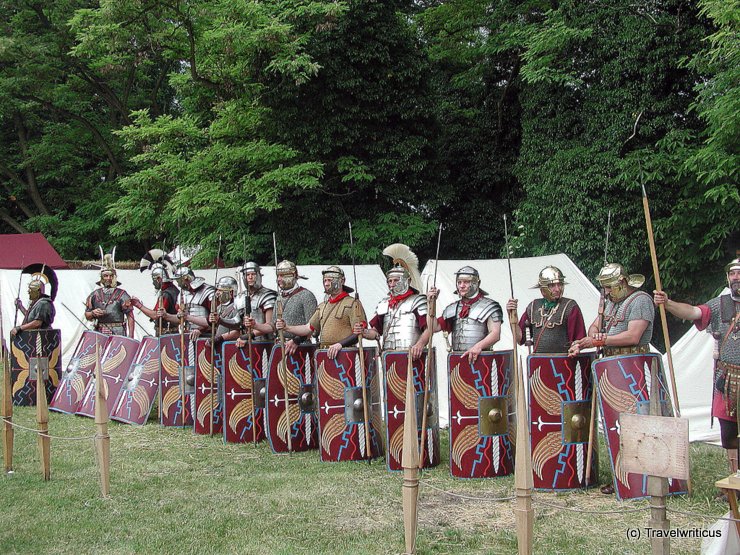
The Carnuntum Archeology Park hosts reenactment festivals with shows about Roman military routines and civic customs several times yearly. Numerous friend societies of Roman history provide visitors with broad information and even Roman food.
You only see what you know (Goethe)

The Carnuntum Archeology Park hosts reenactment festivals with shows about Roman military routines and civic customs several times yearly. Numerous friend societies of Roman history provide visitors with broad information and even Roman food.

Hainburg an der Donau is considered the easternmost city in Austria. Its location on the Porta Hungarica made it a historically significant border city for centuries. A well-preserved 13th-century town wall with many towers still bears witness to this today. [German]

At first glance, the Carnuntinum Roman Museum in Bad Deutsch-Altenburg looks like a villa rustica. In fact, it was only opened in 1904. It houses artefacts from the Roman town of Carnuntum and is regarded as the biggest Roman museum in Austria. [German]

The Museum Auxiliarkastell (Auxiliary Fort Museum) in Petronell-Carnuntum is dedicated to the history of an equestrian fort next to the provincial capital of Carnuntum. It also displays the remains of two Roman water conduits that cross right there. [German]
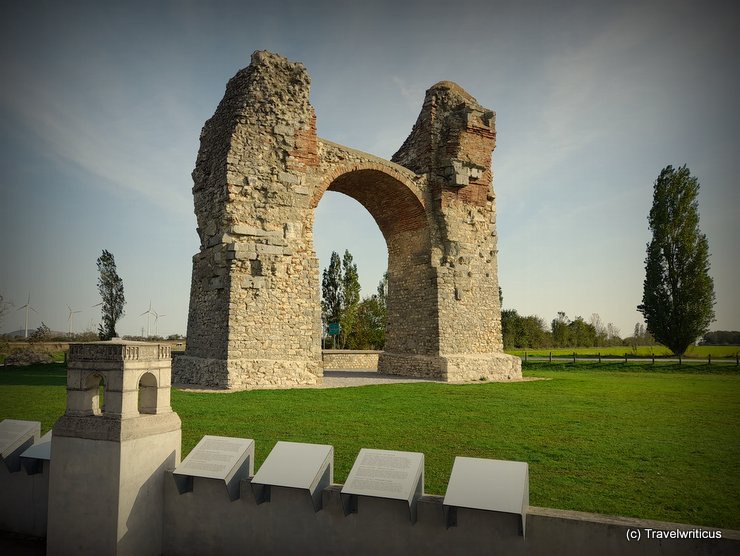
The Heidentor in Petronell-Carnuntum forms an iconic remain from the Roman Empire on the grounds of today’s Austria. Its purpose was uncertain for a long time. Local people call the structure Heidentor, meaning Heathen’s Gate or Pagan’s Gate. [German]

Schloss Hof is the largest castle of the five Marchfeld Palaces between Vienna and Bratislava. Two famous owners – Prince Eugene of Savoy and Empress Maria Therese – transformed it into a Baroque gem with a large French formal garden stretched onto seven terraces. [German]
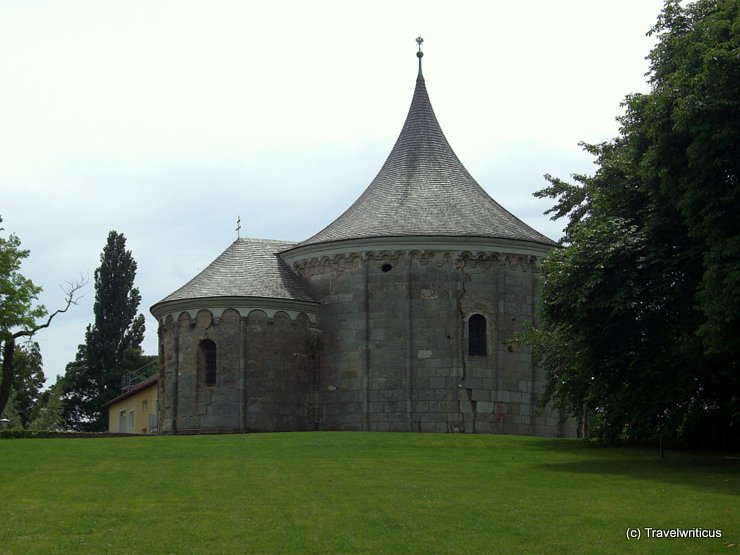
At least once a year, I visit the Carnuntum Archaeological Park in Lower Austria. On this occasion, I always love to make a detour to this Romanesque round chapel in Petronell-Carnuntum. [German]

Whereas Prugg Castle (Schloss Prugg) is privately owned and can not be visited, the former castle garden is open for public. From there I took this photo of the castle’s garden side. In 18th century it was rebuilt by architect Johann Lucas von Hildebrandt. In 19th century British architect Edward Buckton Lamb added the Tudor style.
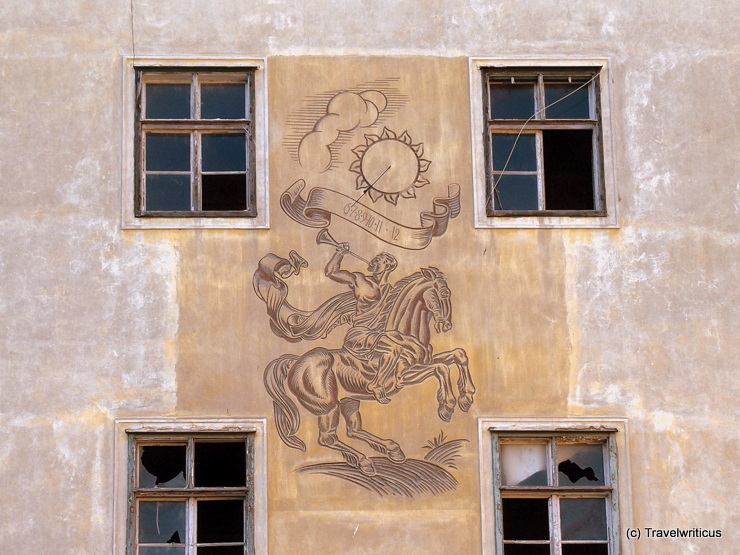
A sundial displaying an equestrian seen at the former Augustinian monastery (Augustinereremitenkloster) in Bruck an der Leitha,

The building is a reconstruction of the home of a middle-class citizen of the ancient Roman Carnuntum. His name was probably Lucius Maticeius Clemens. The reconstruction shows the house in the style of the first half of the 4th century.
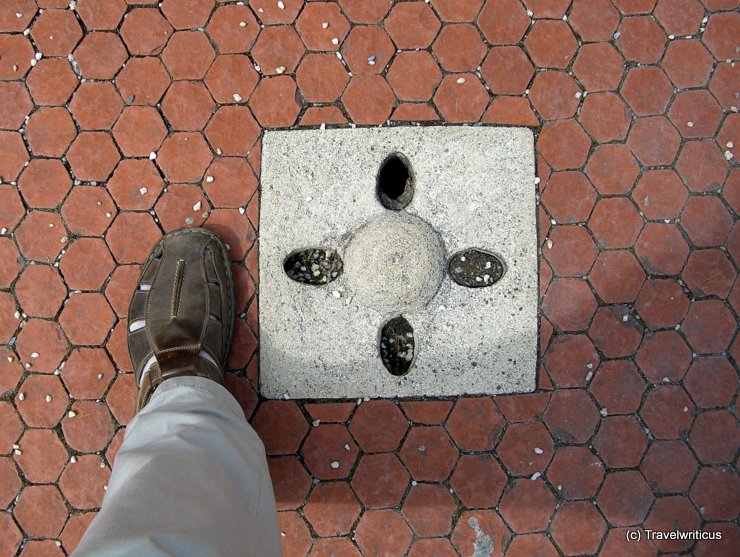
While walking through the archaeology park of Carnuntum, I found this reconstruction of a Roman sewer cover. It is much smaller than I saw in the Roman Museum of Vienna.